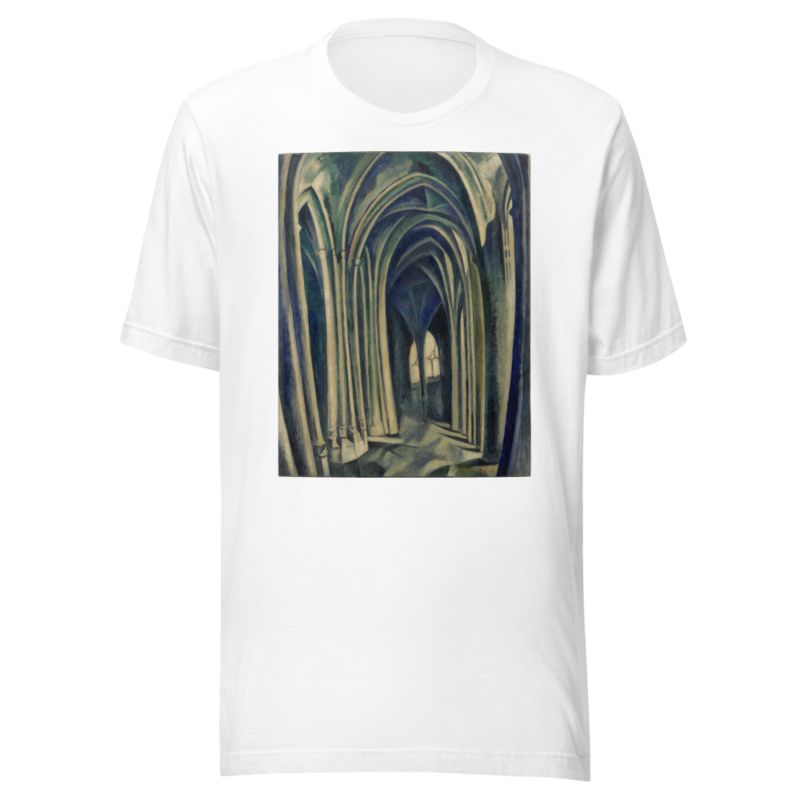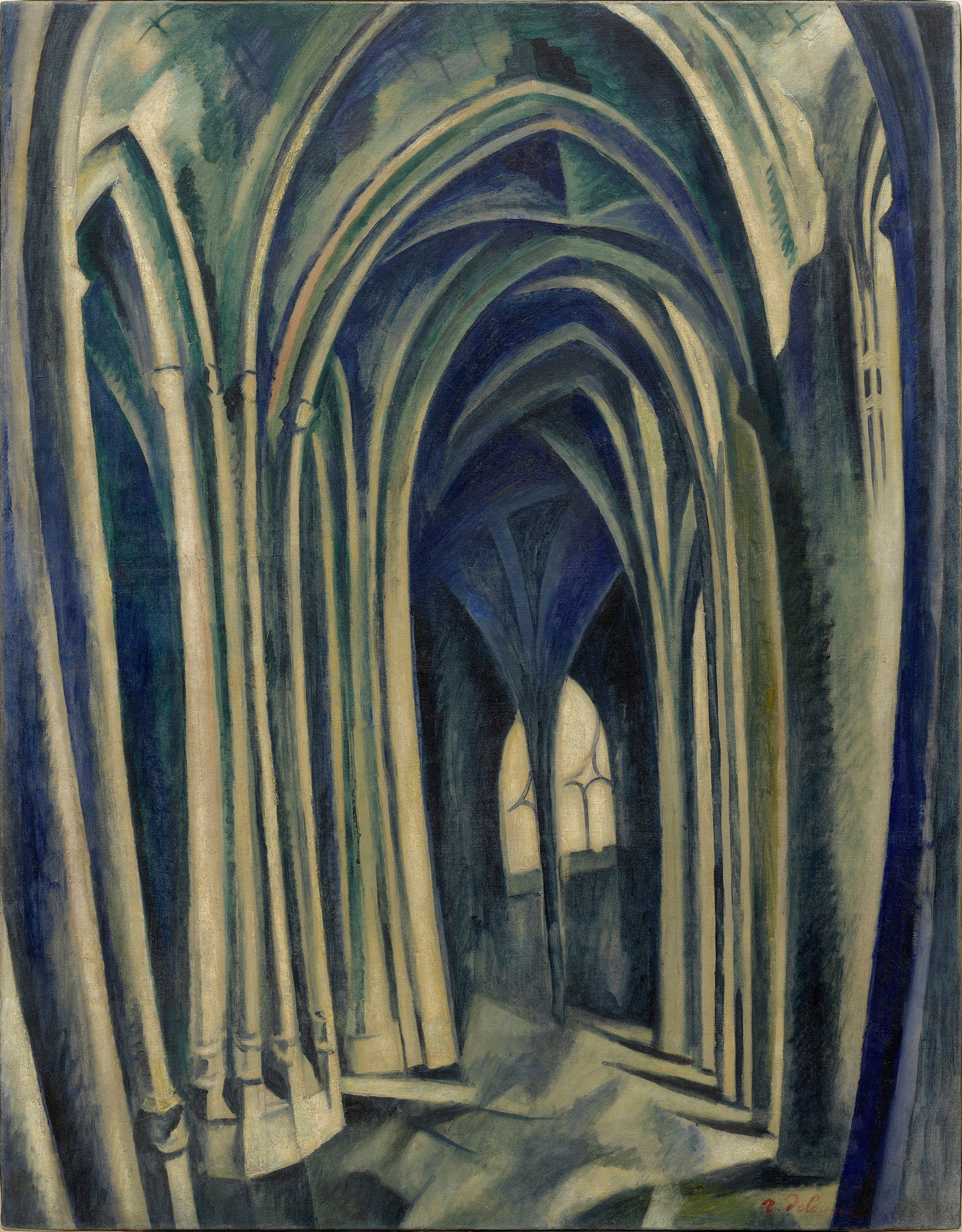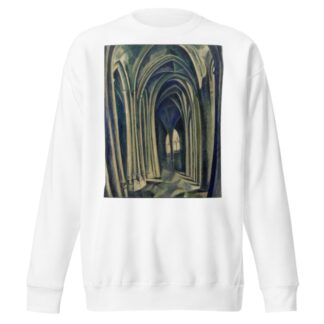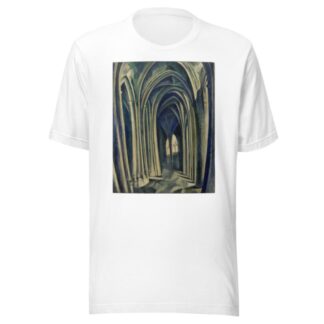Description
Saint-Séverin No. 3 by Robert Delaunay printed on a T-Shirt
About the T-Shirt
Regular fit
Standard length, the fabric easily gives into movement
Casual wear
A classic, everyday option loved by our customers
Side-seamed
Constructed by sewing two parts together, creating a fitted look
The Unisex Staple T-Shirt feels soft and light with just the right amount of stretch. It’s comfortable and flattering for all. We can’t compliment this shirt enough–it’s one of our crowd favorites, and it’s sure to be your next favorite too!
- Solid colors are 100% Airlume combed and ring-spun cotton
- Ash color is 99% combed and ring-spun cotton, 1% polyester
- Heather colors are 52% combed and ring-spun cotton, 48% polyester
- Athletic and Black Heather are 90% combed and ring-spun cotton, 10% polyester
- Heather Prism colors are 99% combed and ring-spun cotton, 1% polyester
- Fabric weight: 4.2 oz./yd.² (142 g/m²)
- Pre-shrunk fabric
- 30 singles
- Side-seamed construction
- Tear-away label
- Shoulder-to-shoulder taping
- Blank product sourced from Nicaragua, Mexico, Honduras, or the US
Robert Delaunay (1885-1941)
Robert Delaunay was a French artist who, with his wife Sonia Delaunay and others, co-founded the Orphism art movement, noted for its use of strong colours and geometric shapes.
Robert was born on April 12, 1885, in Paris. In 1902, after secondary education, he apprenticed in a studio for theater sets in Belleville. In 1903 he started painting and by 1904 was exhibiting. That year and in 1906 his work was shown at the Salon d’Automne and from 1904 until World War I at the Salon des Indépendants.
Between 1905 and 1907 Delaunay became friendly with Henri Rousseau and Jean Metzinger and studied the color theories of Michel-Eugène Chevreul. During these years, he painted in a Neo-Impressionist manner; Paul Cézanne’s work also influenced Delaunay around this time. From 1907 to 1908 he served in the military in Laon, and upon returning to Paris he had contact with the Cubists. The period of 1909–10 saw the emergence of Delaunay’s personal style; he painted his first Eiffel Tower in 1909. In 1910 Delaunay married the painter Sonia Terk, who became his collaborator on many projects.






Reviews
There are no reviews yet.